Most amateur players spend a lifetime trying to attain the perfect golf swing. Today, professional golf has evolved into a game that demands a team approach bringing together the most elite specialists including coaches, nutritionists, and medical professionals to provide tour players with every possible advantage over the competition.
Without that luxury, many of the valley’s amateur golfers unfortunately stay off the fairway because they are unable to swing the golf club without debilitating pain.
Reasons for Pain
The rhythmic movement of kinetic energy created during the modern golf swing leaves our low back vulnerable to injuries. Starting from your toes and traveling all the way to your fingertips gripping the golf club, every major joint in the human body is put through a high velocity, quick rotational movement. This unnatural movement for the human body will quickly expose any defect in the chain of movement. In terms of rotation, especially in the low back, it is a combination of forward or backward spine bending, plus bending laterally to the left or right. Any change or deviation to this delicate rhythm of body movement creates low back pain in varying degrees.
The areas that cause low back pain in the golf swing are mobility limitations found in either the thoracic spine or pelvis. As we blow out more birthday candles each year, our pelvis and thoracic mobility decreases. Posture plays a critical role in the loss of joint mobility. As we age, we develop sway back, lumbar lordosis, thoracic kyphosis or forward head posture. Improving posture for the golfer is a starting point to decrease back pain and create stability. For the spine to correctly rotate through the golf swing, the golfer must have stability and mobility throughout the body; otherwise, chronic overuse injuries will quickly appear.
Additionally, those who want to spend less time on the table and more time on the driving range can benefit greatly from a few changes in your setup position to increase pelvic mobility.
Golf Swing Modifications
The simple modification of changing the position of your feet in your setup can quickly reduce your low back pain. To improve your trail hip mobility, which is the most common cause of low back pain, simply rotate your toes away from the ball by a few inches. This motion externally rotates your leg bone inside the hip socket, allowing your trail hip to rotate more during the backswing resulting in a decrease in excessive lumbar rotation.
Pain does not have to be the reason you stay off the golf course. For a complete body assessment to address and reduce pain during your swing, seek the assistance of a qualified professional. See you on the course!
Kurtis Baller is a licensed physical therapy assistant and can be reached at kurtis.baller@avidphysicaltherapy.com or at (760) 202.0368.







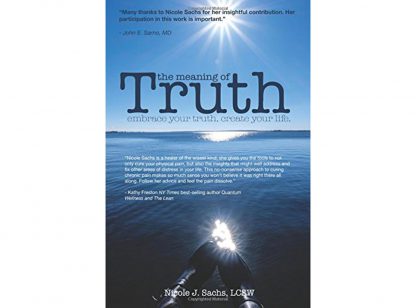
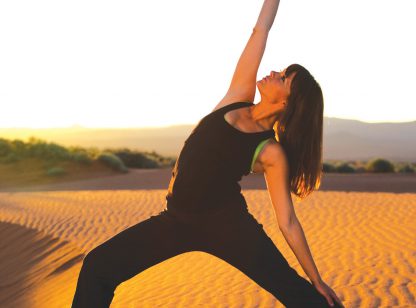
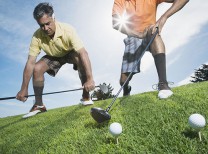


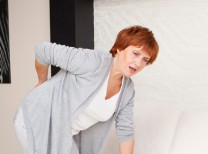
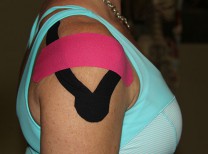
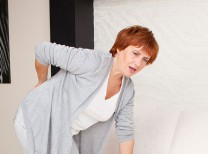





























Comments (0)